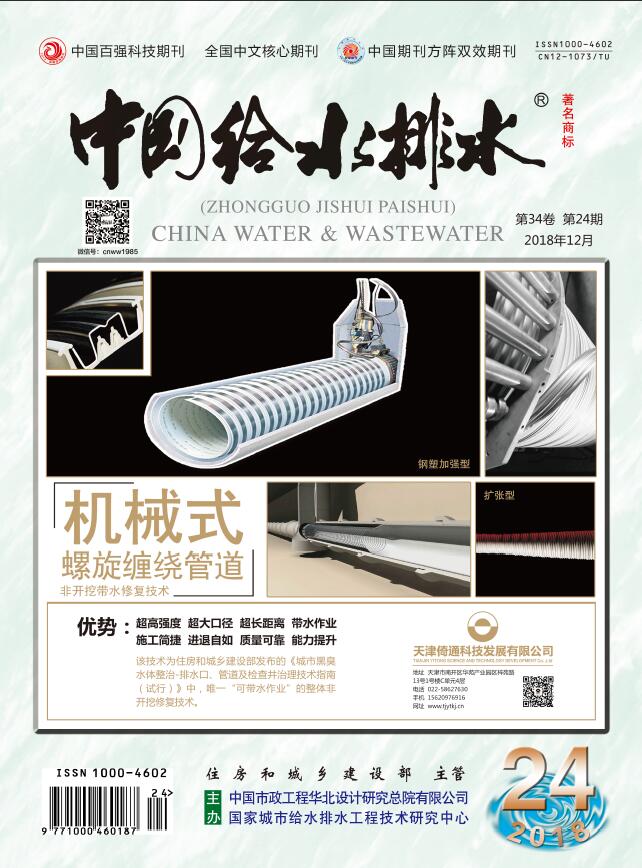DINGJian,XIEMin,ZHANGZi-yi,et al.Adsorption Efficiency and Mechanisms of Phosphorus Removal from Water Using Iron Salt?activated Sludge Biochar[J].China Water & Wastewater,2024,40(23):99-106.
Adsorption Efficiency and Mechanisms of Phosphorus Removal from Water Using Iron Salt?activated Sludge Biochar
China Water & Wastewater[ISSN:1000-4062/CN:12-1073/TU]
volume:
第40卷
Number:
第23期
Page:
99-106
Column:
Date of publication:
2024-12-01
- Keywords:
- sludge-derived biochar; pyrolysis; iron salt activation; phosphorus; adsorption
- Abstract:
- Sludge pyrolysis biochar represents a significant method for the resource utilization of municipal sludge, and its application in wastewater treatment has garnered considerable attention. Magnetic sludge biochar (MSB) was synthesized through the pyrolysis and carbonization of pretreated sludge with ferrous and ferric ions in a nitrogen atmosphere under alkaline conditions. The adsorption efficiency and mechanisms of MSB samples for phosphorus removal from water were systematically investigated. The pyrolysis temperature was a critical parameter influencing the phosphorus adsorption efficiency of MSB. Among the samples, MSB prepared at 250 ℃ (MSB250) exhibited the highest phosphorus adsorption performance, with an equilibrium adsorption capacity of 4.6 mg/g. Acidic conditions were conducive to the adsorption of phosphorus by MSB250, with a pH below 3 resulting in iron leaching from the sample. The optimal conditions for the adsorption were a pH of 4 and a temperature of 25 ℃. The adsorption isotherm of MSB250 aligned with the Freundlich equation. Thermodynamic analysis of the adsorption process indicated that phosphorus adsorption onto MSB250 was both spontaneous and endothermic. Furthermore, the surface-active functional groups on MSB250 interacted with phosphoric acid to form a complex through Lewis acid?base interactions. It was concluded that the predominant mechanism for phosphorus removal by MSB250 involved electrostatic attraction.
Last Update:
2024-12-01

